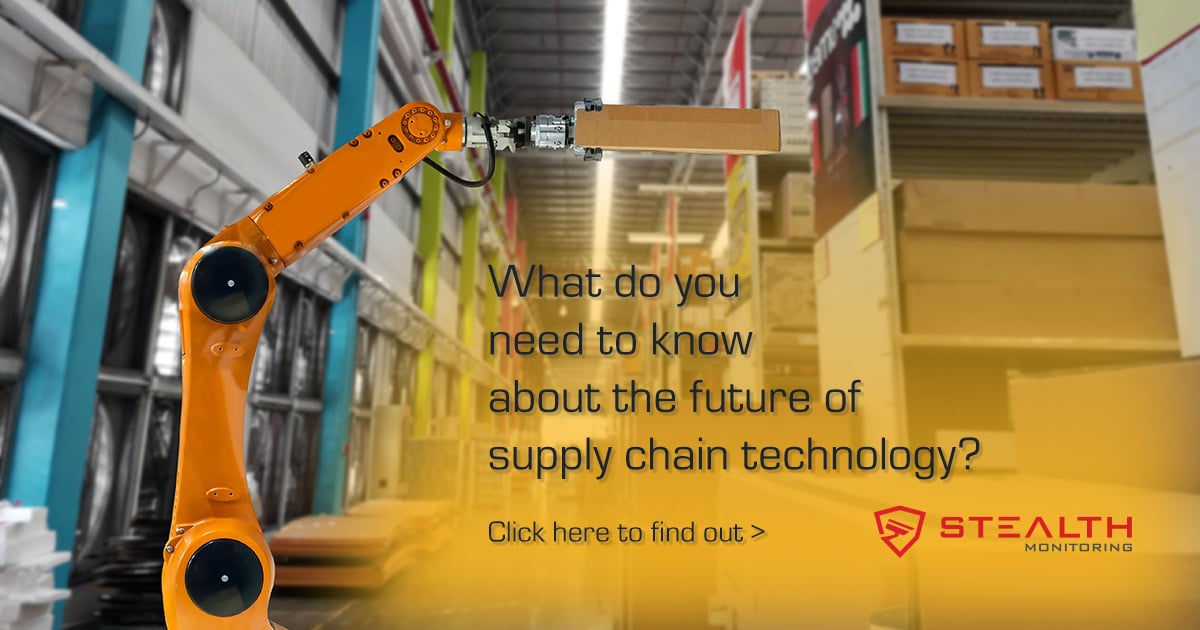Distribution
facilities want to automate “piece picking.” This process
involves robots selecting specific items and placing them in boxes rather than
selecting an entire case. Why hasn’t it happened by now? Because it’s an
expensive part of the order fulfillment process and it has a couple of
challenges.
The Challenges of
Automation Piece-Picking Technology
Despite
the cost, it doesn’t stop companies and start-ups from trying to achieve what
feels like the impossible. What makes automated piece picking challenging is
the gripping process. Certain pieces require a different type of gripper than
others. Some companies are experimenting with suction instead of finger-like
pickers.
Piece-picking
robots use a combination of software and hardware to speed up picking and
placement. In turn, this reduces order fulfillment and warehouse
operations costs. This type of automation shines when used with
goods-to-picker workflows like ASRS. Piece-picking supply chain technology
success depends on three things: range, speed, and accuracy.
Range
represents the variety of items. An e-commerce store sells hundreds of
thousands of items. The picker needs to know what it’s picking and be able to
actually pick it up. Any item could come down the line. There’s no predicting
what’s coming.
The next
part of the technology formula is speed, which affects accuracy. A robot could
pick 1,000 items in an hour. However, if the accuracy is 95 percent, that means
nine customers may receive incorrect items. Nine may seem small, but it really
isn’t. If those customers complain, especially publicly, it could affect the
company’s reputation. So, the biggest challenge is getting the supply chain
technology to quickly pick the right items out of many, many possibilities.
How the Automation
Piece-Picking Problem Got Solved
It
turns out the University of California at Berkeley engineers may have found a
different solution altogether. Most automated robots in distribution centers
tend to have one arm. The engineers at UC Berkeley have created a two-armed
ambidextrous robot.
Each
arm contains a different type of gripper. This way, one arm takes care of
picking things that require suction. However, it won’t work on porous items
like clothing. Enter the other arm with its parallel-jaw gripper to take care
of those.
Manufacturing
Automation reports that RightHand Robotics set a world record with
their piece-picking robot that successfully picked and placed more than 130,000
items — 1,000 units per hour — at the supply chain tradeshow.
Clearly,
automation piece-picking is becoming a reality that will transform warehousing
and distribution.
Investing in Supply Chain
Technology
While
this supply chain technology isn’t widely available yet, it’s looking like things
might soon be changing. The companies that incorporate it into their
distribution and warehousing processes will boost efficiency and lower
operating costs. Yes, the technology will be a large investment, but it clearly
will get an ROI once you factor in all the costs and the savings.
The
same goes for security technology that protects your assets. Distribution
centers contain a lot of expensive equipment and thousands of products that
thieves will target.
An
experienced remote surveillance and security technology company can review your
requirements and design a solution that fits. It won’t include more than you
need, and it’ll ensure a quick ROI. If you’d like to learn more about
distribution and logistics security solutions, please contact us.

